Home>Furniture & Design>Interior Design Trends>How To Tumble Glass
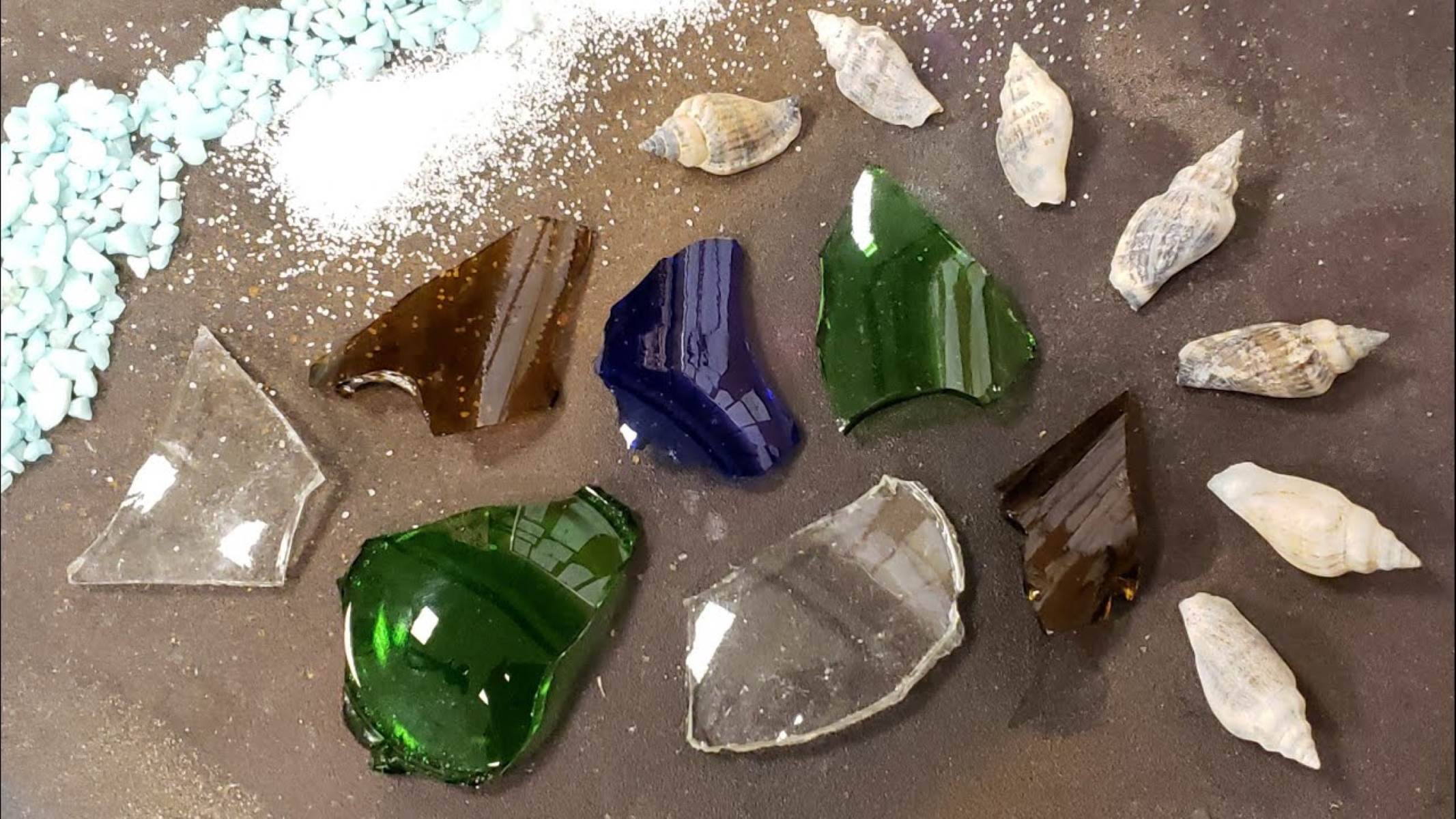

Interior Design Trends
How To Tumble Glass
Published: February 5, 2024
Discover the latest interior design trends with our guide on how to tumble glass. Elevate your space with this unique and stylish technique. Unlock the potential of your home today!
(Many of the links in this article redirect to a specific reviewed product. Your purchase of these products through affiliate links helps to generate commission for Storables.com, at no extra cost. Learn more)
Introduction
Tumbling glass is a captivating craft that transforms ordinary pieces of glass into stunning, polished gems. Whether you're a seasoned artisan or a curious beginner, the art of glass tumbling offers a rewarding and creative outlet. This process involves using a tumbler to smooth and polish glass fragments, resulting in beautifully polished stones that can be used for jewelry, home decor, or simply admired for their natural beauty.
The allure of glass tumbling lies in the ability to repurpose discarded glass into something extraordinary. It's a sustainable practice that encourages the reuse of materials, making it an eco-friendly and environmentally conscious hobby. Furthermore, the rhythmic sound of glass tumbling in the tumbler is oddly soothing, creating a sense of tranquility and focus as the pieces undergo their transformative journey.
As you embark on your glass tumbling adventure, you'll discover the joy of witnessing rough, jagged glass evolve into smooth, lustrous treasures. Each piece tells a unique story, bearing the marks of its previous life while embracing its newfound elegance. The process of tumbling glass is not just about refining its physical appearance; it's about honoring its history and embracing its potential for beauty and utility.
In the following sections, we will delve into the intricacies of glass tumbling, from the essential safety precautions to the step-by-step process of achieving polished perfection. By the end of this guide, you'll be equipped with the knowledge and confidence to embark on your own glass tumbling journey, unlocking the transformative power of this timeless craft.
Key Takeaways:
- Transform discarded glass into polished gems with glass tumbling, a sustainable and rewarding craft that honors history while embracing beauty and utility.
- Prioritize safety, balance tumbler load, and invest in quality polishing compound for successful glass tumbling, creating captivating and refined polished pieces.
Read more: Can You Tumble Dry A Duvet?
Safety Precautions
Before delving into the art of glass tumbling, it's crucial to prioritize safety to ensure a secure and enjoyable experience. The process of transforming glass shards into polished gems involves various tools and materials that require careful handling. By adhering to essential safety precautions, you can safeguard yourself and others while immersing yourself in this captivating craft.
Protective Gear
When engaging in glass tumbling, wearing appropriate protective gear is paramount. Safety goggles are essential to shield your eyes from potential glass splinters and debris. Additionally, durable gloves provide a protective barrier for your hands, minimizing the risk of cuts and abrasions. By donning these protective accessories, you can safeguard yourself against potential hazards and focus on the creative aspects of glass tumbling without compromising your safety.
Ventilation
Glass tumbling often involves the use of abrasive materials and polishing compounds, which may generate fine particles and dust. It's crucial to conduct the tumbling process in a well-ventilated area to minimize inhalation of airborne particles. Adequate ventilation not only promotes a healthier working environment but also reduces the risk of respiratory irritation. Whether you're tumbling glass indoors or outdoors, ensuring proper ventilation is essential for a safe and comfortable workspace.
Equipment Maintenance
Prior to commencing the glass tumbling process, it's imperative to inspect and maintain the tumbler and associated equipment. Check for any signs of wear or damage, and ensure that all components are securely in place. Proper equipment maintenance not only enhances the efficiency of the tumbling process but also mitigates the risk of malfunctions or accidents. By routinely maintaining and inspecting your tumbler and related tools, you can uphold a safe and reliable workspace for glass tumbling endeavors.
Read also: 10 Incredible Tumble Dryer For 2024
Handling Chemicals
Certain stages of the glass tumbling process may involve the use of chemical compounds for polishing and refining the glass. It's essential to handle these chemicals with care, adhering to the recommended safety guidelines provided by the manufacturers. Utilize appropriate personal protective equipment, such as gloves and a protective apron, when working with chemical solutions. Additionally, carefully follow the instructions for dilution and application to minimize the risk of skin irritation or chemical exposure.
Workspace Organization
Maintaining a well-organized workspace is instrumental in preventing accidents and promoting efficiency during the glass tumbling process. Keep your work area free of clutter, ensuring that tools and materials are properly stored when not in use. By establishing an organized workspace, you can minimize the risk of tripping hazards and facilitate a seamless and safe glass tumbling experience.
By prioritizing these safety precautions, you can embark on your glass tumbling journey with confidence, knowing that you've taken the necessary measures to ensure a secure and fulfilling creative endeavor. With safety at the forefront, you can fully immerse yourself in the art of glass tumbling, unlocking its transformative potential while safeguarding your well-being.
Materials Needed
Embarking on a glass tumbling venture requires a selection of essential materials and tools to facilitate the transformative process of refining rough glass into polished treasures. Each component plays a crucial role in achieving the desired results, ensuring that the glass tumbling journey unfolds seamlessly and successfully. Here's a comprehensive list of the materials needed to embark on your glass tumbling adventure:
-
Glass Pieces: The foundation of glass tumbling, glass pieces serve as the raw material for the transformative process. These can include discarded glass fragments, sea glass, or intentionally broken glass items. The variety of glass pieces chosen will influence the final outcome, with different colors and textures offering diverse creative possibilities.
-
Tumbler: A high-quality tumbler is the cornerstone of the glass tumbling process. This specialized equipment facilitates the tumbling action, gently polishing the glass pieces over time to achieve a smooth, lustrous finish. Tumblers are available in various sizes and designs, catering to different project requirements and quantities of glass pieces.
-
Abrasive Grit: Essential for the initial stages of glass tumbling, abrasive grit serves as the primary agent for smoothing and shaping the glass pieces. The grit, available in coarse, medium, and fine grades, gradually refines the rough edges of the glass, preparing it for the subsequent polishing stages.
-
Polishing Compound: Once the glass pieces have undergone the abrasive tumbling phase, a high-quality polishing compound is employed to impart a radiant sheen to the surfaces. This compound, often in powder form, enhances the luster and clarity of the glass, elevating it to a polished state that exudes elegance and allure.
-
Protective Gear: Prioritizing safety, protective gear such as safety goggles and durable gloves is indispensable for safeguarding against potential hazards during the glass tumbling process. These accessories shield the eyes and hands, ensuring a secure and comfortable working environment.
-
Water: A vital component in the tumbling process, water serves as a medium for carrying the abrasive grit and polishing compound, facilitating their interaction with the glass pieces. Additionally, water aids in dissipating heat generated during tumbling, contributing to the overall effectiveness of the process.
-
Measuring Tools: Accurate measurement of abrasive grit and polishing compound is crucial for achieving optimal results. Measuring cups or scales enable precise quantification of these materials, ensuring consistency and efficiency throughout the tumbling stages.
-
Cleaning Supplies: Following the completion of the glass tumbling process, cleaning supplies such as soft cloths and mild detergent are utilized to gently cleanse and remove any residual grit or compound from the polished glass pieces, unveiling their radiant finish.
By assembling these essential materials, you can lay the groundwork for a captivating glass tumbling experience, where raw glass pieces are meticulously transformed into exquisite, polished gems. Each material plays a pivotal role in the intricate process, contributing to the realization of refined and resplendent glass creations.
Steps to Tumble Glass
-
Prepare the Glass Pieces: Begin by selecting the glass pieces that will undergo the tumbling process. These can range from rough glass fragments to sea glass, each possessing its own unique characteristics. Inspect the glass pieces for any sharp edges or irregularities, and discard any unsuitable pieces to ensure a smooth tumbling experience.
-
Load the Tumbler: Carefully place the selected glass pieces into the tumbler, ensuring that it is not overloaded. The tumbler's capacity and the quantity of glass pieces should be balanced to allow for optimal tumbling action. Additionally, add the appropriate amount of abrasive grit to the tumbler, considering the recommended ratio based on the tumbler's capacity and the quantity of glass pieces.
-
Add Water: Introduce water into the tumbler, covering the glass pieces and abrasive grit. The water serves as a medium for facilitating the tumbling action and carrying the abrasive grit to refine the glass surfaces. It also aids in dissipating heat generated during the tumbling process, contributing to the overall effectiveness of the abrasive stage.
-
Commence Tumbling: Secure the tumbler's lid in place and initiate the tumbling process. The tumbler's rotational motion, combined with the abrasive grit and water, gradually smoothens the rough edges of the glass pieces. This stage is essential for shaping and preparing the glass for the subsequent polishing phase.
-
Inspect and Rinse: Periodically pause the tumbling process to inspect the progress of the glass pieces. Depending on the desired level of smoothness, adjust the tumbling duration accordingly. Once the glass pieces exhibit the desired level of refinement, carefully remove them from the tumbler and rinse them thoroughly to remove any residual abrasive grit.
-
Polishing Phase: After rinsing the glass pieces, return them to the tumbler and add the polishing compound. The compound, combined with water, imparts a radiant sheen to the glass surfaces, elevating them to a polished state. Allow the tumbler to run for the designated polishing duration, ensuring that the glass pieces achieve a lustrous and elegant finish.
-
Final Inspection and Cleaning: Upon completion of the polishing phase, carefully examine the polished glass pieces to ensure they meet your expectations. If necessary, gently cleanse the glass pieces using mild detergent and soft cloths to remove any residual polishing compound. This final step unveils the captivating beauty of the polished glass, ready to be incorporated into various creative endeavors.
By meticulously following these steps, you can embark on a captivating glass tumbling journey, witnessing the remarkable transformation of raw glass pieces into exquisite, polished gems. Each stage of the process contributes to the gradual refinement and enhancement of the glass, culminating in the creation of resplendent and alluring pieces that reflect the artistry and dedication invested in the tumbling process.
Tips for Successful Glass Tumbling
Achieving optimal results in glass tumbling requires a blend of precision, patience, and attention to detail. By incorporating the following tips into your glass tumbling endeavors, you can enhance the efficiency and quality of the tumbling process, ensuring the creation of polished glass pieces that exude elegance and allure.
-
Balanced Tumbler Load: When loading the tumbler with glass pieces and abrasive grit, strive for a balanced composition that allows for consistent tumbling action. Overloading the tumbler can impede the effectiveness of the tumbling process, while insufficient glass pieces may lead to inadequate abrasion. Finding the ideal balance ensures that each glass piece receives uniform treatment, resulting in a harmonious and refined finish.
-
Patience in Polishing: During the polishing phase, exercise patience and refrain from prematurely interrupting the process. The polishing compound gradually enhances the luster of the glass, and allowing sufficient time for this stage to unfold is essential for achieving a radiant and polished outcome. Resisting the urge to rush the polishing phase contributes to the creation of glass pieces that boast a captivating sheen and clarity.
-
Regular Inspection: Periodically inspect the glass pieces throughout the tumbling process to gauge their progress and determine the optimal duration for each stage. This proactive approach enables you to make informed adjustments, ensuring that the glass pieces undergo the necessary refinement without over-tumbling. By staying attuned to the evolving state of the glass pieces, you can tailor the tumbling duration to achieve the desired level of smoothness and polish.
-
Quality Polishing Compound: Invest in a high-quality polishing compound to elevate the final appearance of the glass pieces. A superior polishing compound enhances the clarity and radiance of the glass, contributing to a polished finish that exudes sophistication. Prioritizing the use of premium polishing compounds ensures that the glass pieces attain a refined and luminous quality, enhancing their aesthetic appeal.
-
Thorough Cleaning: After the tumbling process is complete, dedicate ample attention to thoroughly cleaning the polished glass pieces. Removing any residual abrasive grit or polishing compound is essential for unveiling the true brilliance of the glass. By meticulously cleansing the glass pieces, you can showcase their polished beauty without any distractions, allowing their inherent elegance to shine through.
By integrating these tips into your glass tumbling practice, you can elevate the quality and refinement of the polished glass pieces, infusing them with a captivating allure that reflects the dedication and artistry invested in the tumbling process. Each tip serves as a guiding principle for achieving successful glass tumbling outcomes, empowering you to embark on a transformative and rewarding creative journey.
Final Thoughts
As you conclude your glass tumbling journey, take a moment to marvel at the remarkable transformation that has unfolded. From the initial selection of raw glass pieces to the meticulous tumbling and polishing process, each step has contributed to the creation of resplendent and polished gems. The art of glass tumbling transcends mere craftsmanship; it embodies a profound appreciation for the inherent beauty of glass and the transformative power of dedicated artistry.
As you hold the polished glass pieces in your hands, observe how they capture the interplay of light, radiating a captivating brilliance that reflects the culmination of your efforts. Each polished surface tells a story of resilience and refinement, embodying the enduring allure of glass as it transitions from its raw form to a polished masterpiece.
In the realm of glass tumbling, every imperfection is an opportunity for enhancement, and every rough edge is a testament to the potential for refinement. Embrace the journey that each glass piece has embarked upon, acknowledging its evolution from a fragment of discarded glass to a polished treasure that embodies elegance and grace.
The art of glass tumbling invites you to witness the beauty of transformation, where roughness gives way to smoothness, and opacity yields to clarity. It is a testament to the enduring allure of craftsmanship and the timeless appeal of creating beauty from simplicity. As you admire the polished glass pieces, consider the inherent symbolism they embody – a testament to the transformative power of dedication, patience, and unwavering attention to detail.
In the realm of glass tumbling, the journey is as significant as the destination. The process of refining glass transcends the physical act of tumbling; it encapsulates a deeper narrative of resilience, evolution, and the unwavering pursuit of beauty. Each polished glass piece stands as a testament to the artistry and dedication invested in its transformation, serving as a reminder of the profound impact of creativity and craftsmanship.
As you reflect on your glass tumbling experience, cherish the moments of meticulous observation, the rhythmic hum of the tumbler, and the anticipation of witnessing raw glass evolve into polished brilliance. Let the art of glass tumbling inspire you to embrace the potential for transformation in every facet of life, recognizing that beauty can emerge from the most unassuming origins.
In the final moments of your glass tumbling journey, celebrate the artistry, dedication, and unwavering commitment that have culminated in the creation of polished glass treasures. Let the allure of glass tumbling continue to inspire your creative endeavors, serving as a testament to the enduring beauty that emerges from the transformative power of artistry and dedication.
Frequently Asked Questions about How To Tumble Glass
Was this page helpful?
At Storables.com, we guarantee accurate and reliable information. Our content, validated by Expert Board Contributors, is crafted following stringent Editorial Policies. We're committed to providing you with well-researched, expert-backed insights for all your informational needs.
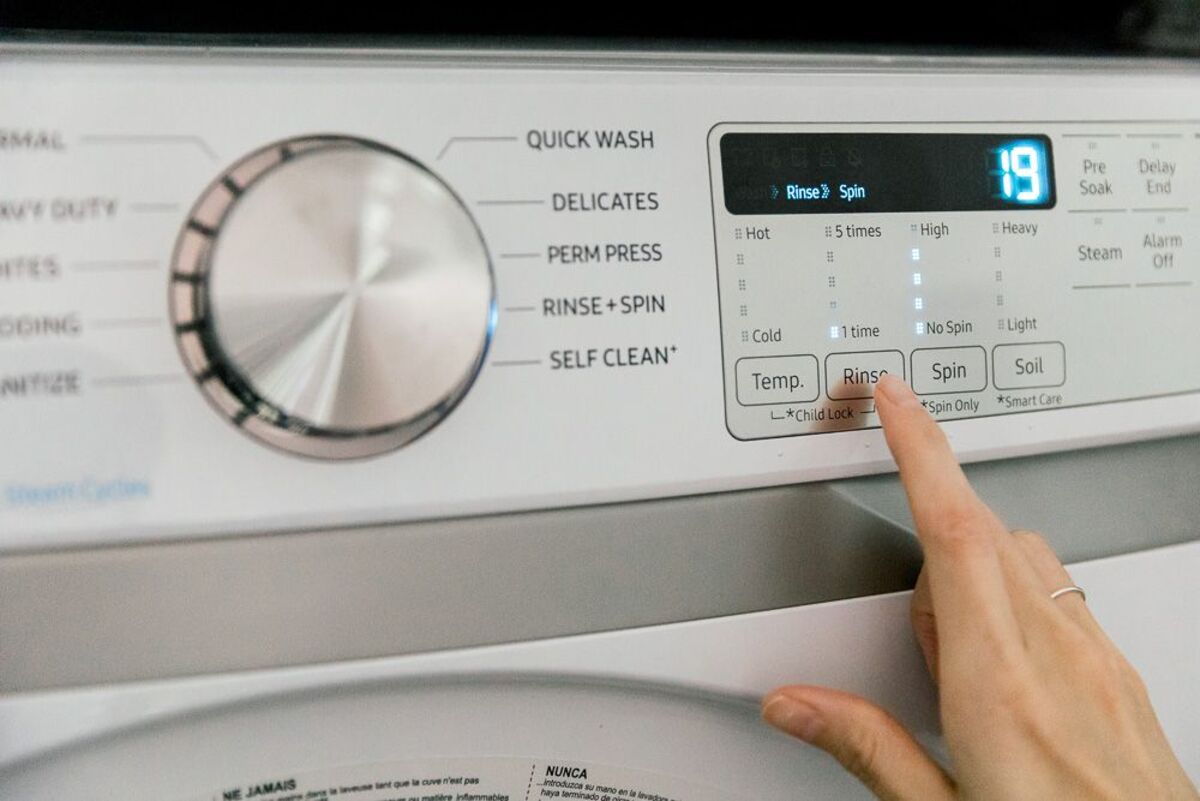

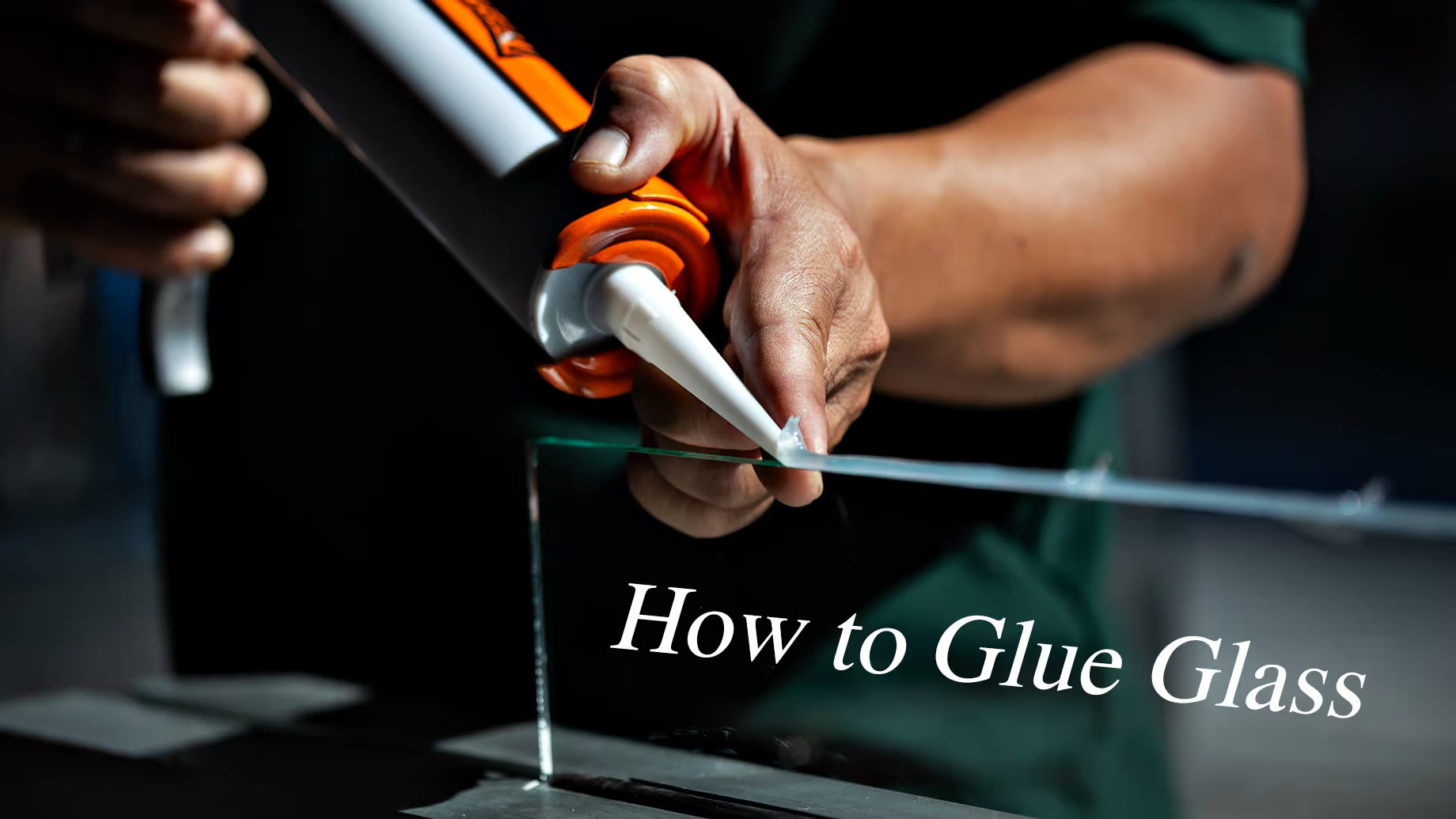
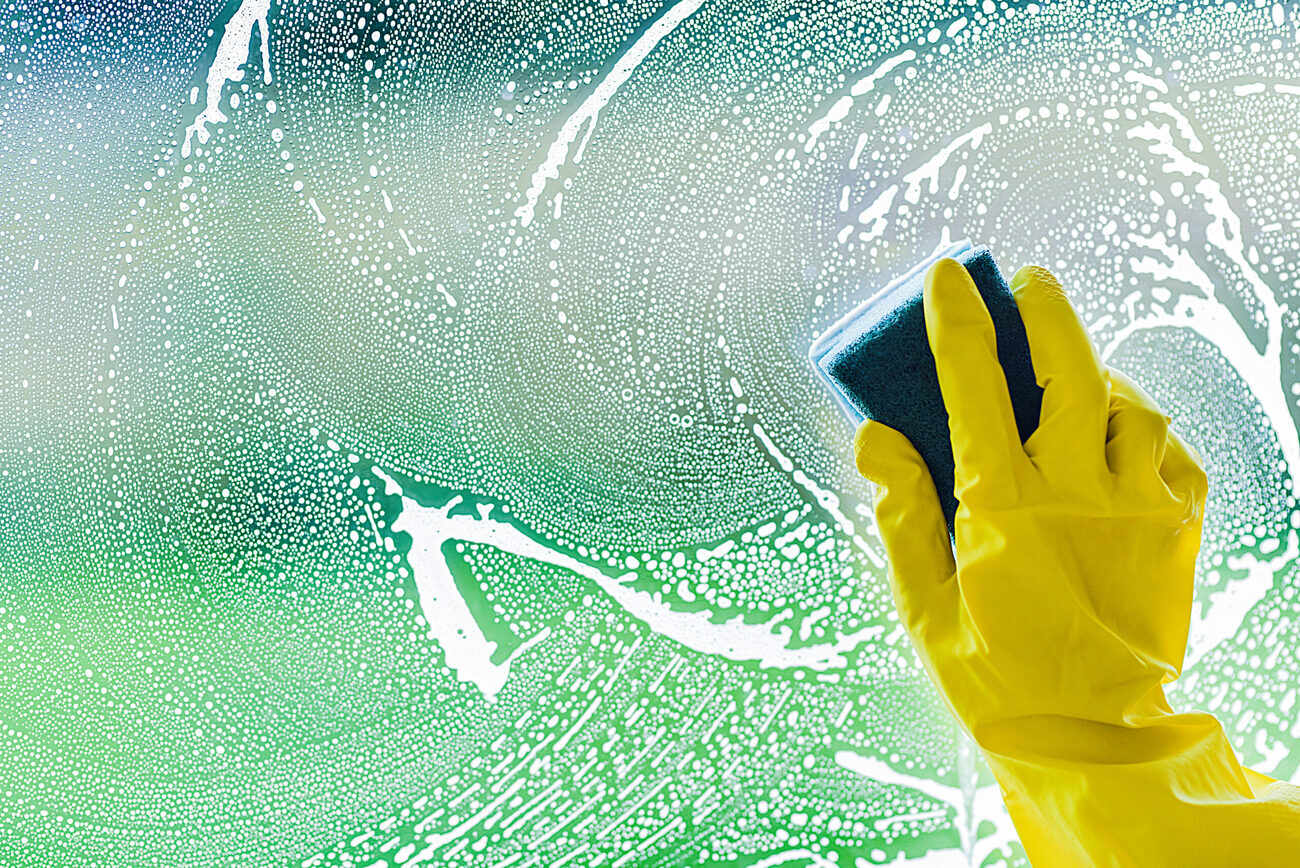

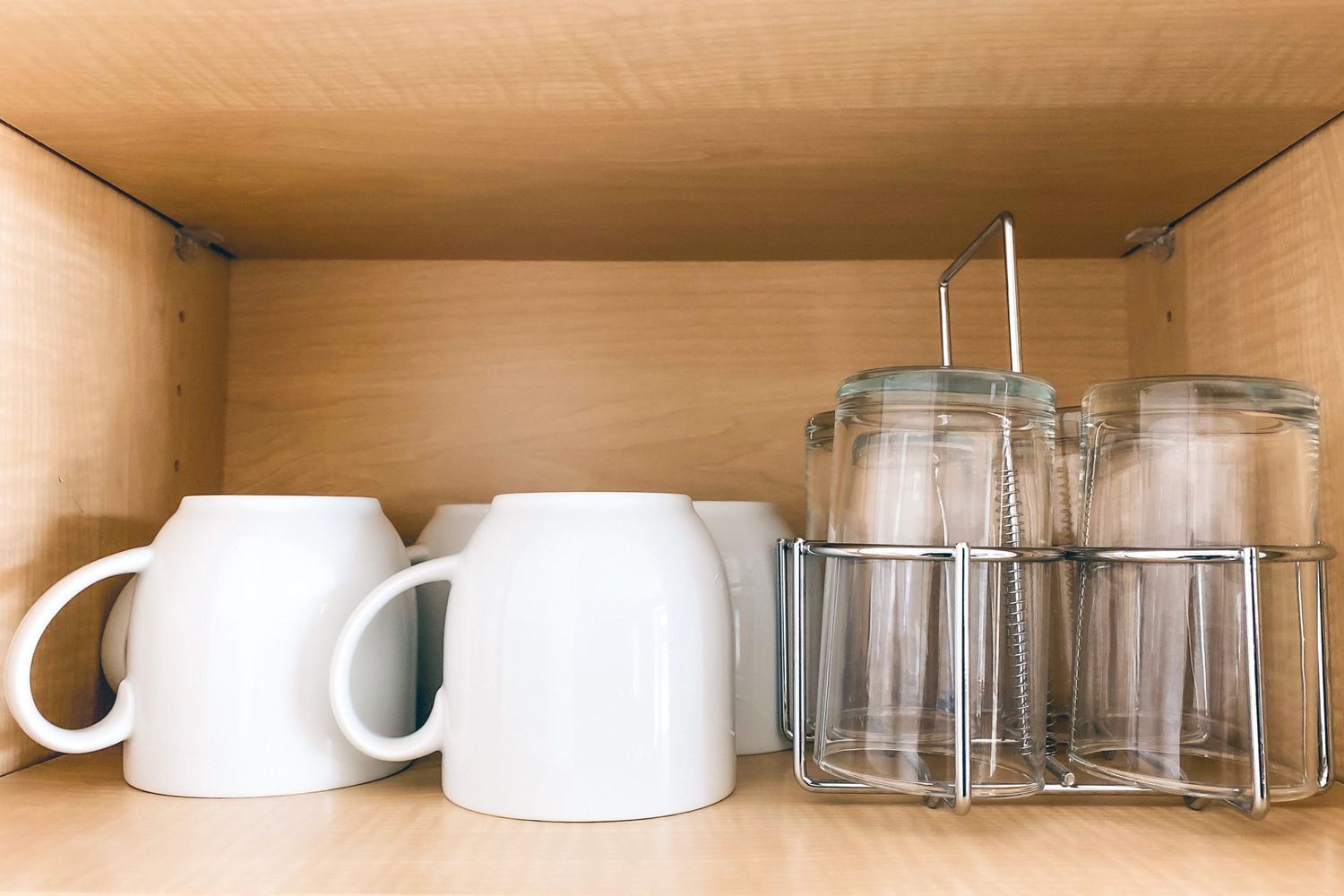

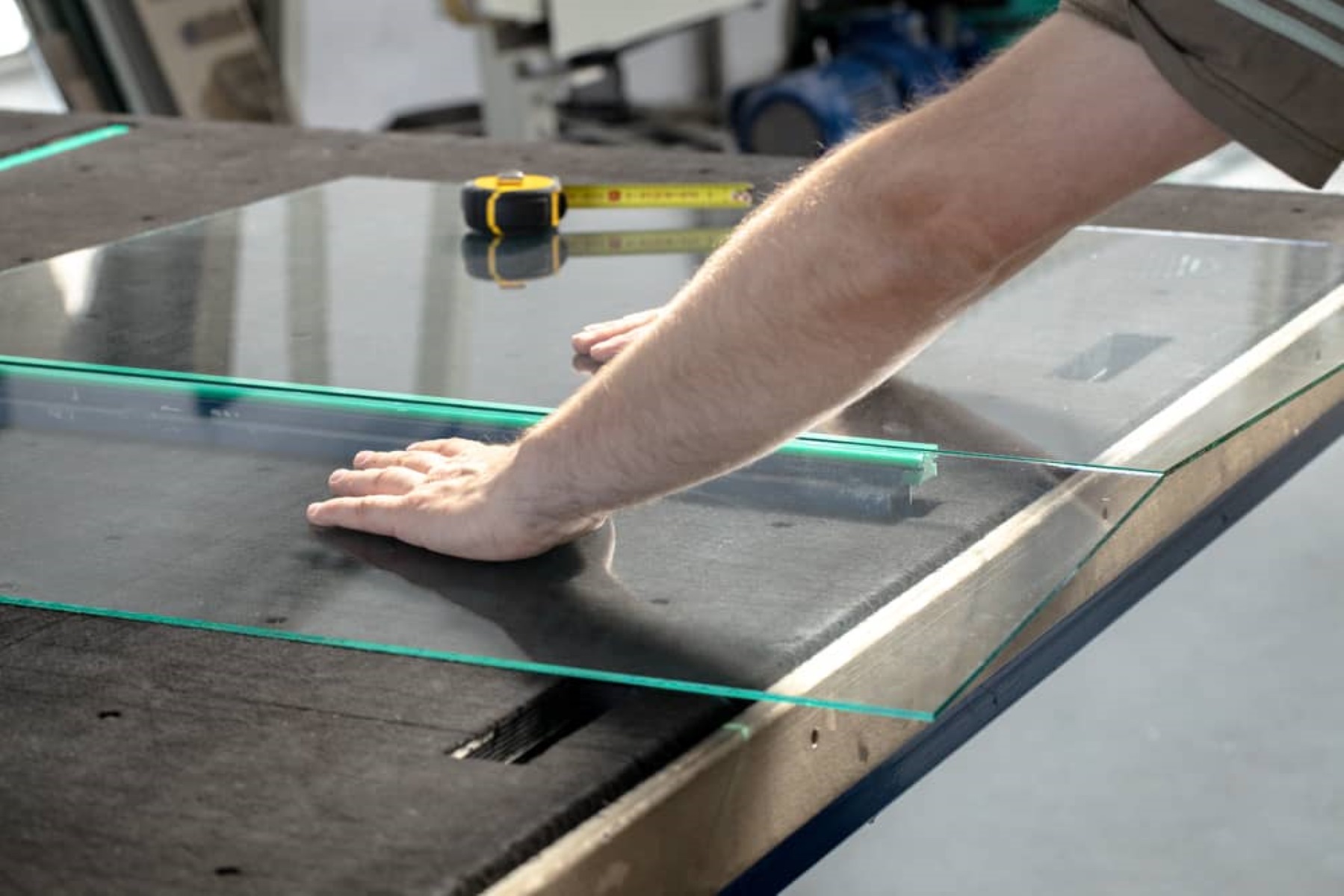
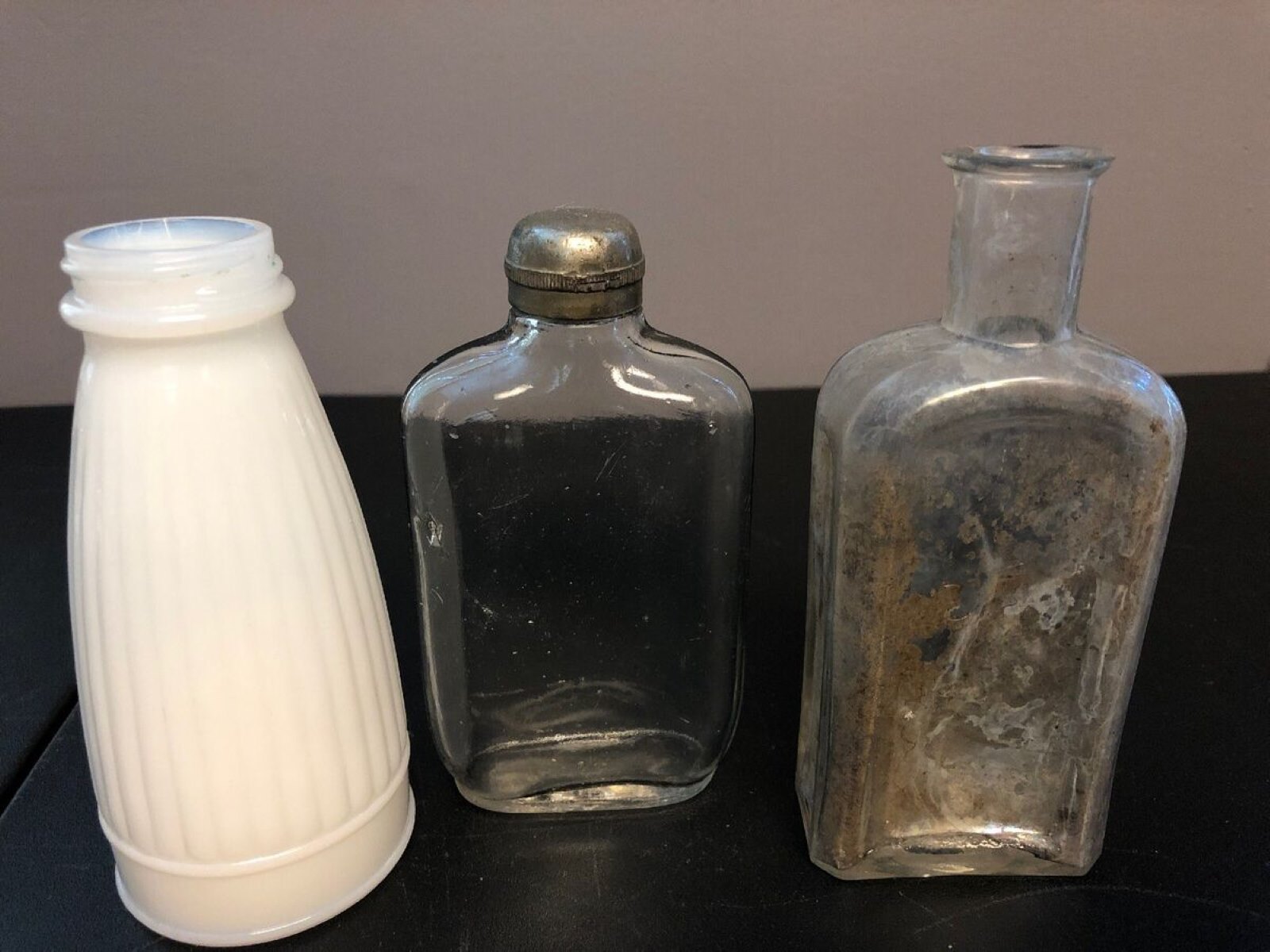
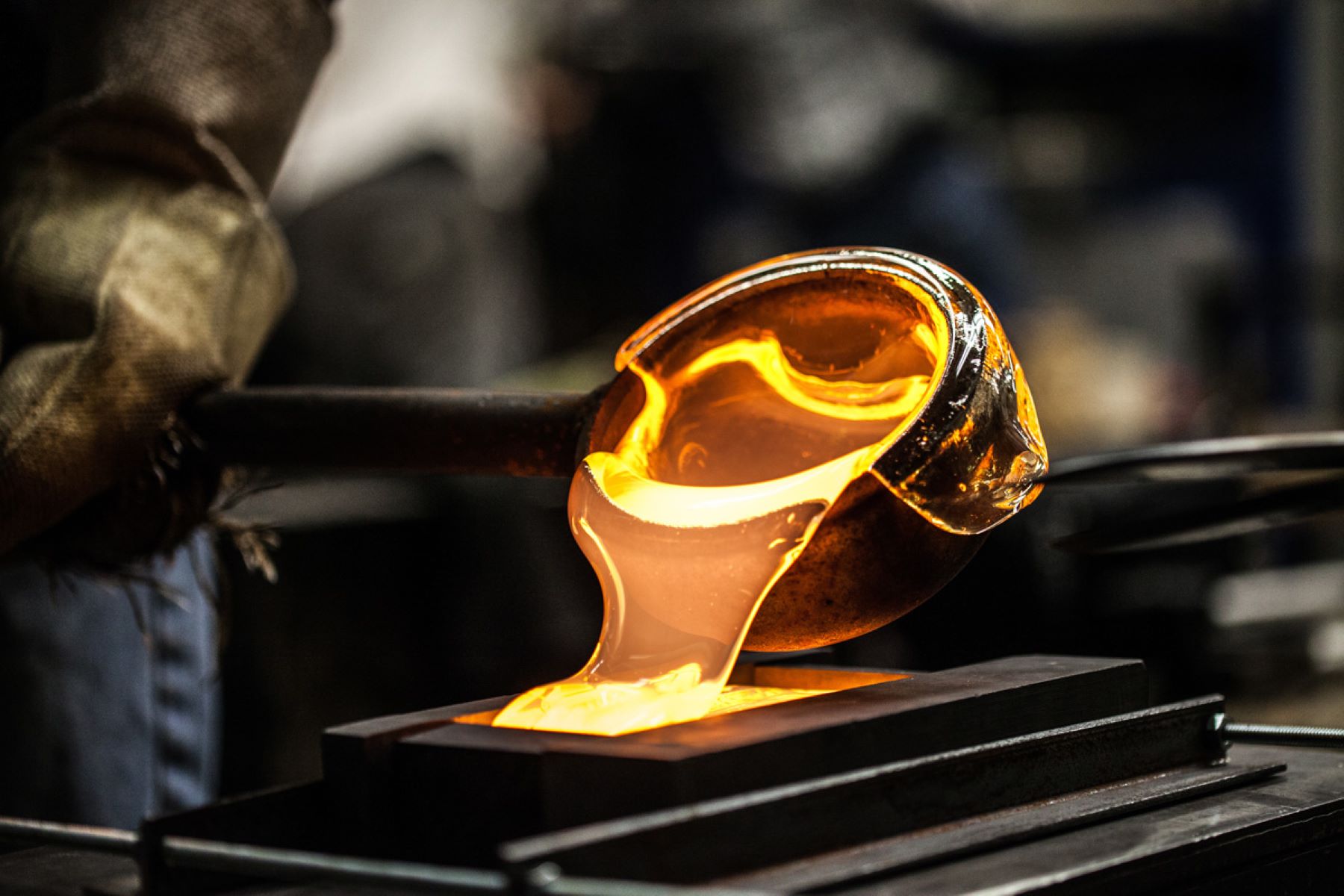

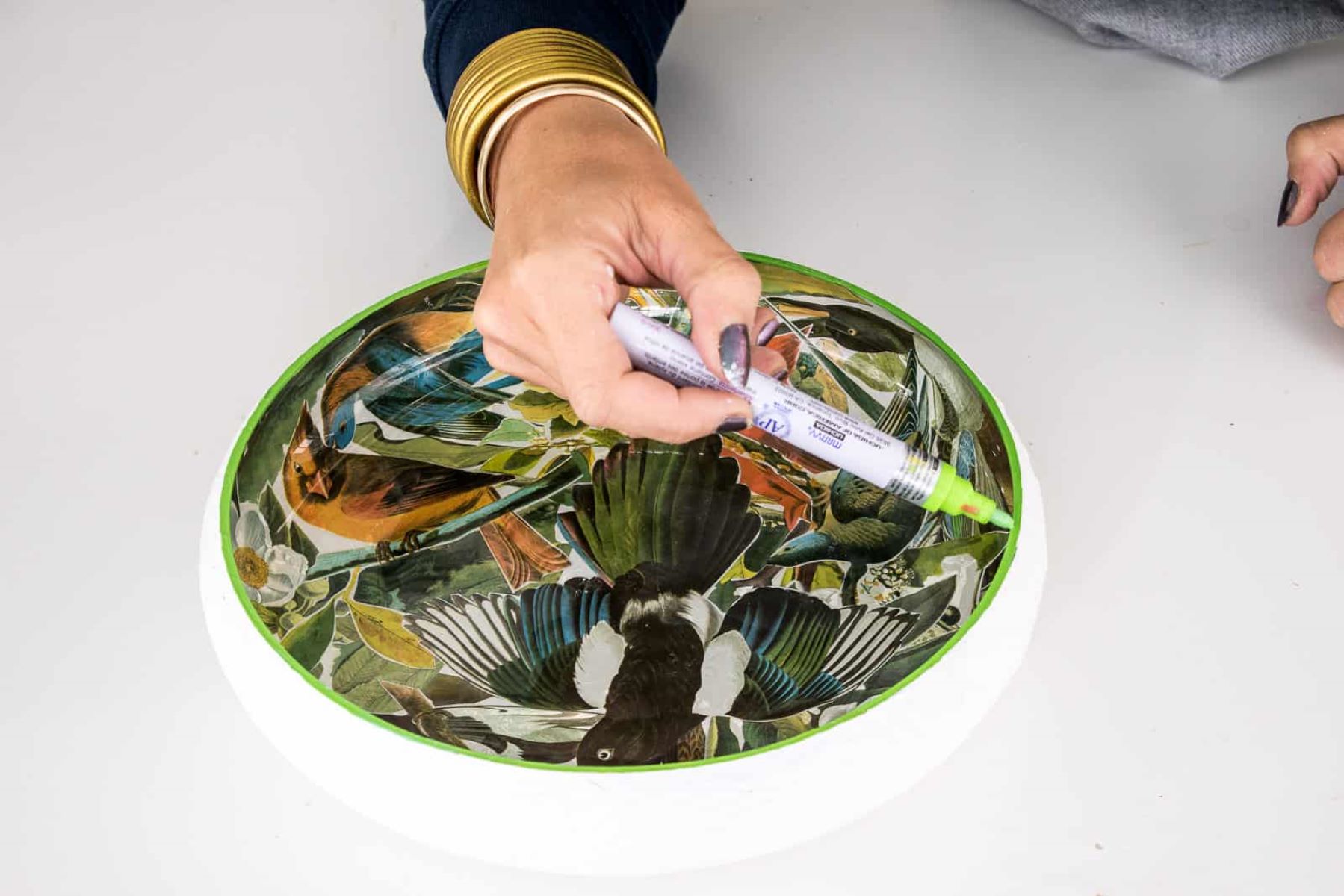
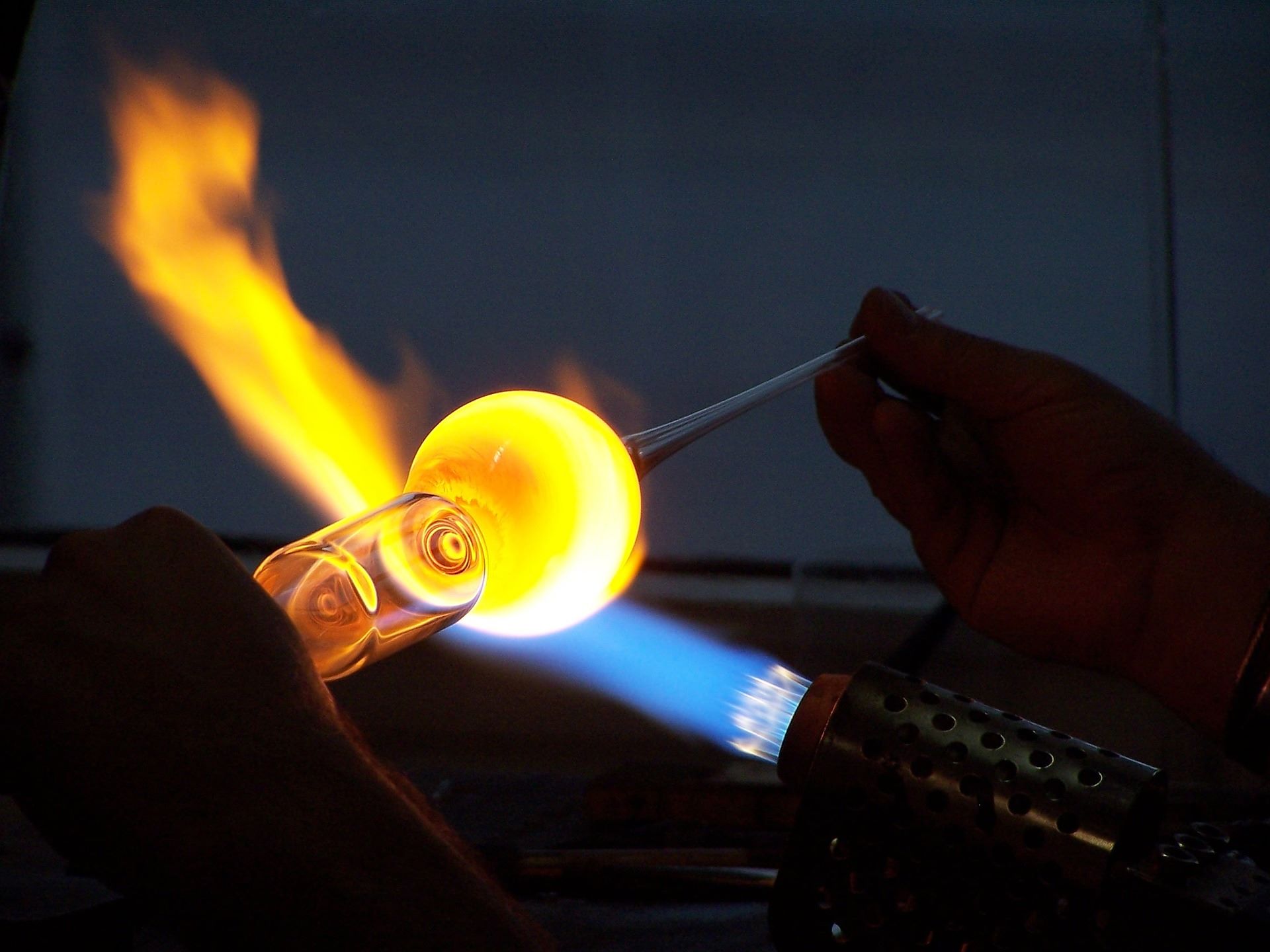

0 thoughts on “How To Tumble Glass”